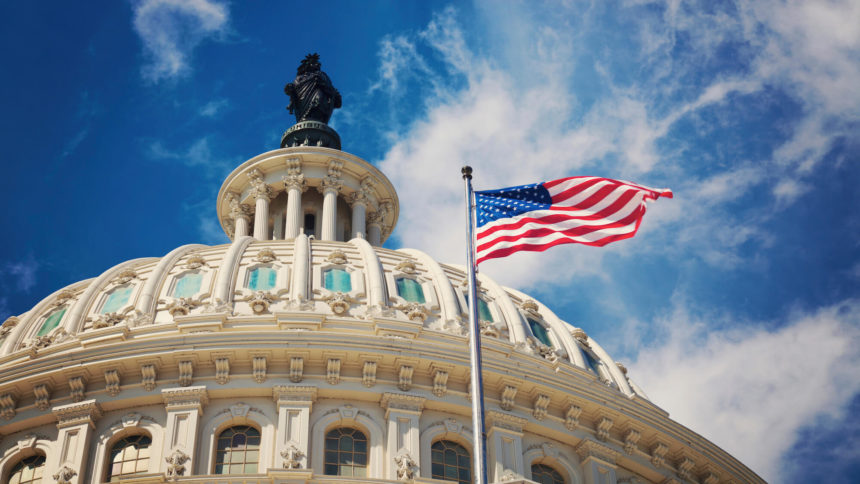
Two senators estimate that approximately $23 billion remains in the Coronavirus Aid, Relief, and Economic Security (CARES) Act Provider Relief Fund and maintain that “a proportional allocation of funds to these senior care facilities would signal that this Administration remains dedicated to helping our nation’s seniors and their families.”
Sens. Krysten Sinema (D-AZ) and Susan Collins (R-ME) make the remark in a “sign-on letter” to Health and Human Services Secretary Xavier Becerra that the American Seniors Housing Association is encouraging other senators and their staff members to support.
The release of more monies from the Provider Relief Fund was the focus of advocacy efforts last week during ASHA’s “Senior Living Strong” virtual fly-in. ASHA and its members also are encouraging support of a similar letter in the House authored by Reps. Abigail Spanberger (D-VA) and Anthony Gonzalez (R-OH).
During the ASHA advocacy event, approximately 50 industry leaders met virtually with more than 40 offices of House of Representatives and Senate members, including leadership offices as well as members of key committees such as Senate Finance; Senate Health, Education, Labor and Pensions; House Energy and Commerce; and House Ways and Means committees.
The “industry’s advocacy was crucial last year in accessing Provider Relief Funds and even more important this year, given the magnitude of the financial impact on the senior living business,” ASHA President David Schless said in a statement. ASHA will continue to urge Congress to provide more financial relief to independent living, assisted living, memory care and continuing care retirement communities, which is “needed desperately to cover the expense and loss associated with COVID,” he added.
The senior living industry has worked to keep safe almost two million residents and the one million workers who care for them, ASHA noted. Operators have amassed expenses related to additional infection prevention and control efforts, personal protective equipment, “hero pay,” staffing and testing. At the same time, they have experienced reduced revenues due to occupancy challenges.



